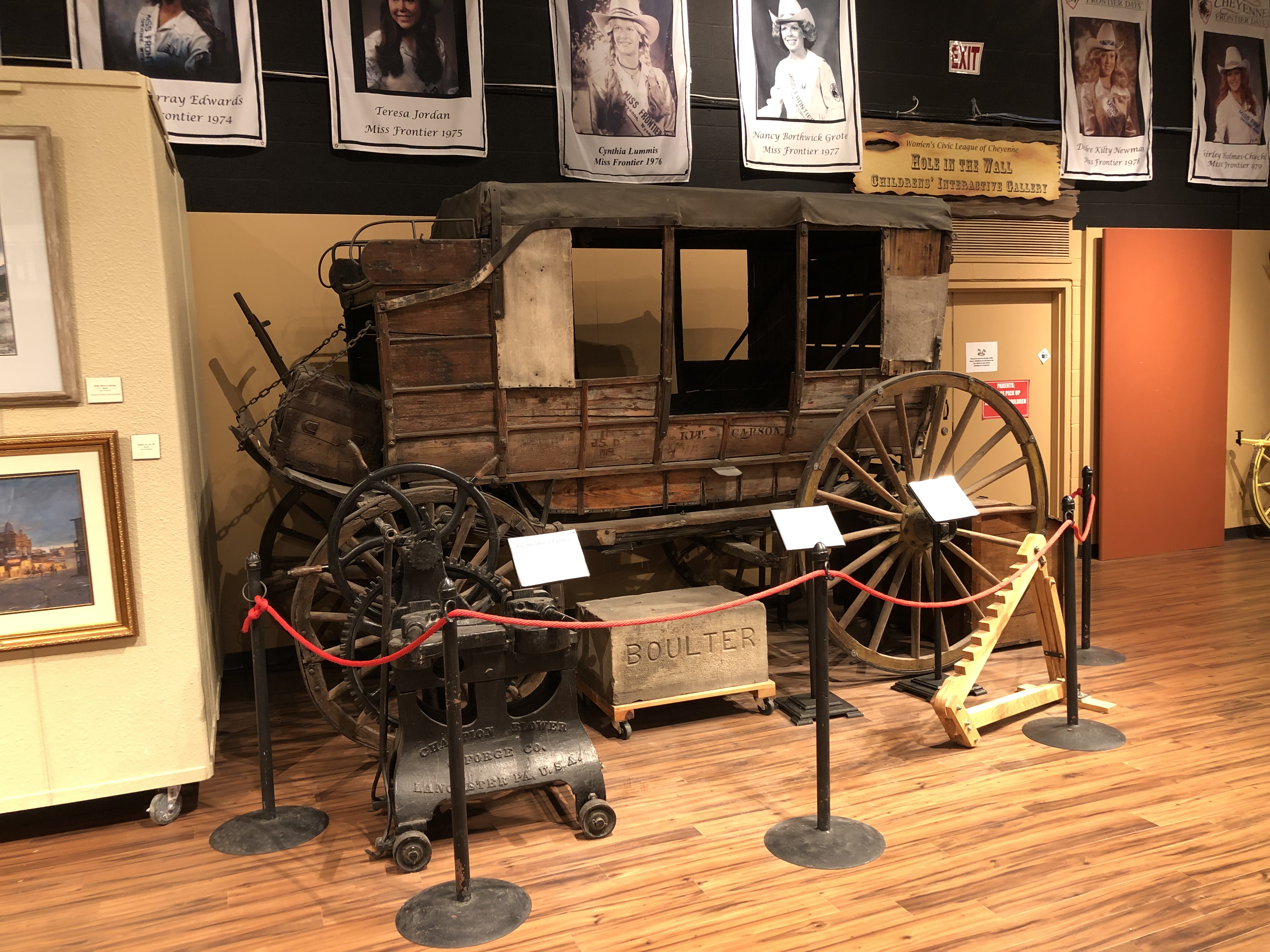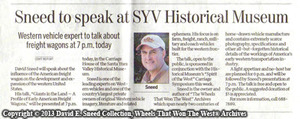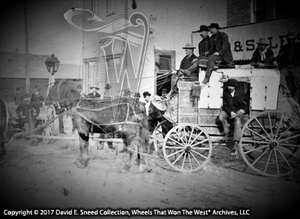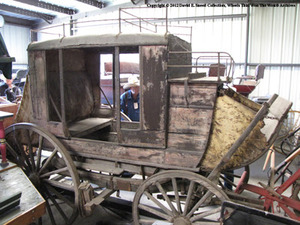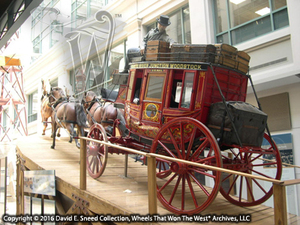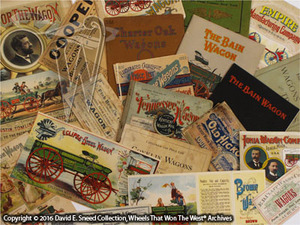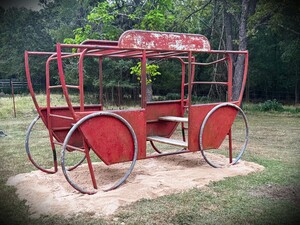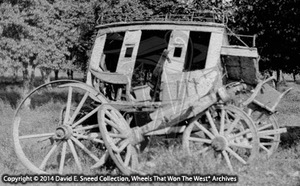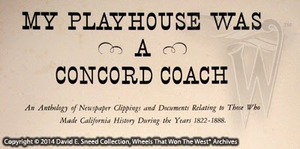I sat at the kitchen table watching my wife as she intently surveyed the thousands of tiny puzzle pieces in front of her. She loves the challenge of putting the most complicated of these brainteasers back together. Fully absorbed in her work, it struck me again how that kind of scrutiny parallels the study of America's first transportation trade. This bygone industry is extremely tough to track because the vast majority of its detailed history is scattered to the four winds. It reminds me of the discouraged treasure hunting comment that Jon Voight's character in the movie, National Treasure, made... "and that will lead to another clue and THAT will lead to another clue..." It was a voice of frustration at what can seem to be a meaningless and endless pursuit with countless disappointments. While there is certainly truth in those words, treasure hunting of any type always comes with mountains to climb and valleys to crawl through.
As a result, we need to know what we're looking for as well as be able to recognize pertinent clues along the way. Day in and day out, it takes time, focus, and a willingness to stay in the saddle, alert to all possibilities. Needles in haystacks are rarely found without a committed search. To that point, after analyzing these old wheels for more than thirty years, I can honestly say that almost every day, I come across a new piece of the horse-drawn transportation puzzle. That might sound like a stretch but it's true and we'll talk about another of those discoveries in this blog. Even though we find a lot of substance through our scouring processes, it can be difficult to instantly recognize the full significance of some of the material. Even so, a large percentage of our efforts result in the restoration of lost heritage and a more complete understanding of wooden wheels and western history. Our persistent focus has helped numerous businesses and private collectors gain greater appreciation for their vehicles and associated histories.
For us, the richness and depth of this topic along with the thrill of the hunt make every day different and full of opportunity. This week's story covers one of our search results and a photo-find that's unveiled another part of the past for a legendary stagecoach.
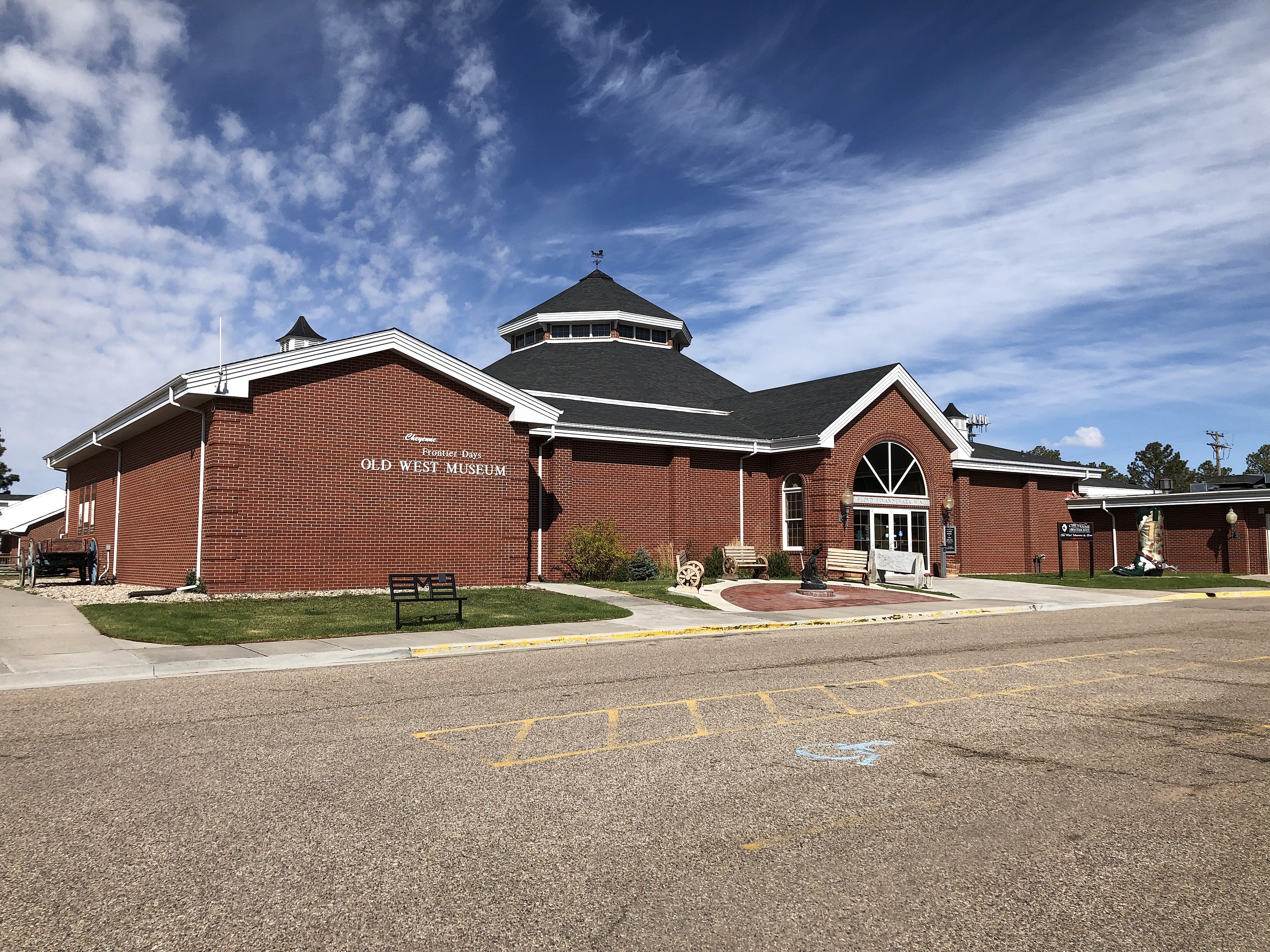
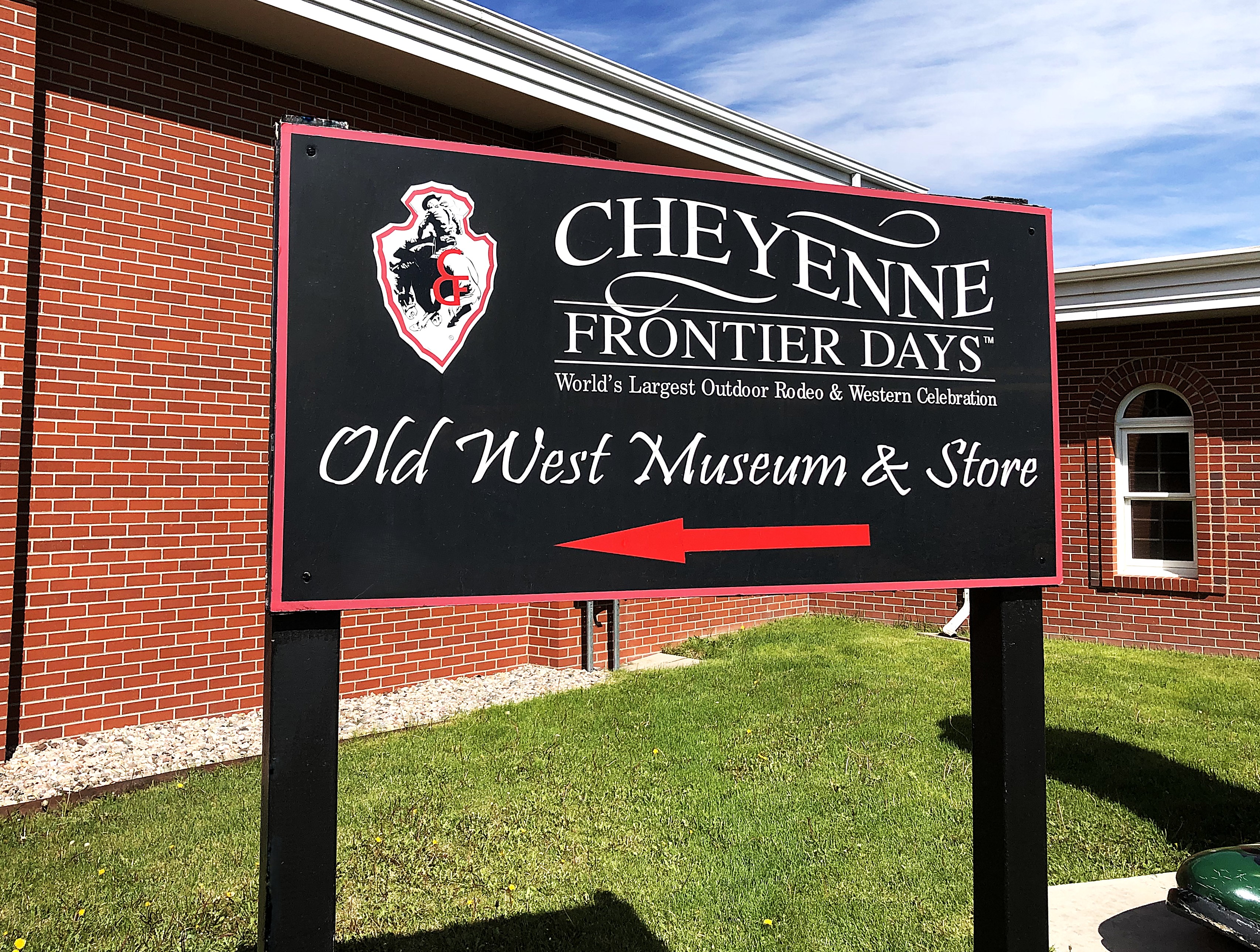
Above photos show the Cheyenne Frontier Days Old West Museum in Cheyenne, WY
What I didn't know (but recently discovered) is that this stage was also used as part of Hollywood's promotion of the 1924 silent film, "The Iron Horse." The film focused on the building of the transcontinental railroad with the Central Pacific and the Union Pacific lines meeting at Promontory Point, Utah. Overall, this was a big budget, mega-hit for legendary western director, John Ford. Involving a literal cast of thousands, this film helped catapult him to the top of America's movie-making elite. Likewise, it was a precursor to even more success for Ford within the western genre. With a budget of just over a quarter million dollars, the film utilized 3,000 railroad workers, 1,300 buffalo, 2,800 horses, 10,000 Texas steers, a regiment of U.S. Cavalry troops, and nearly a thousand Native Americans.
In August of 1924, the Union Pacific Railroad sent this original mud wagon to Grauman's newly opened Egyptian Theatre in Los Angeles to be part of a pioneer exhibit in the forecourt of the cinema. All of this was part of the premiere release of the two-and-a-half-hour motion picture.
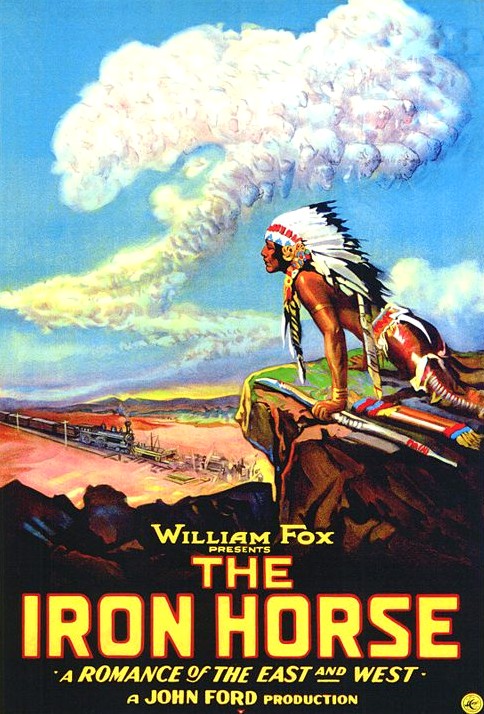
Image Courtesy of Wikipedia Commons
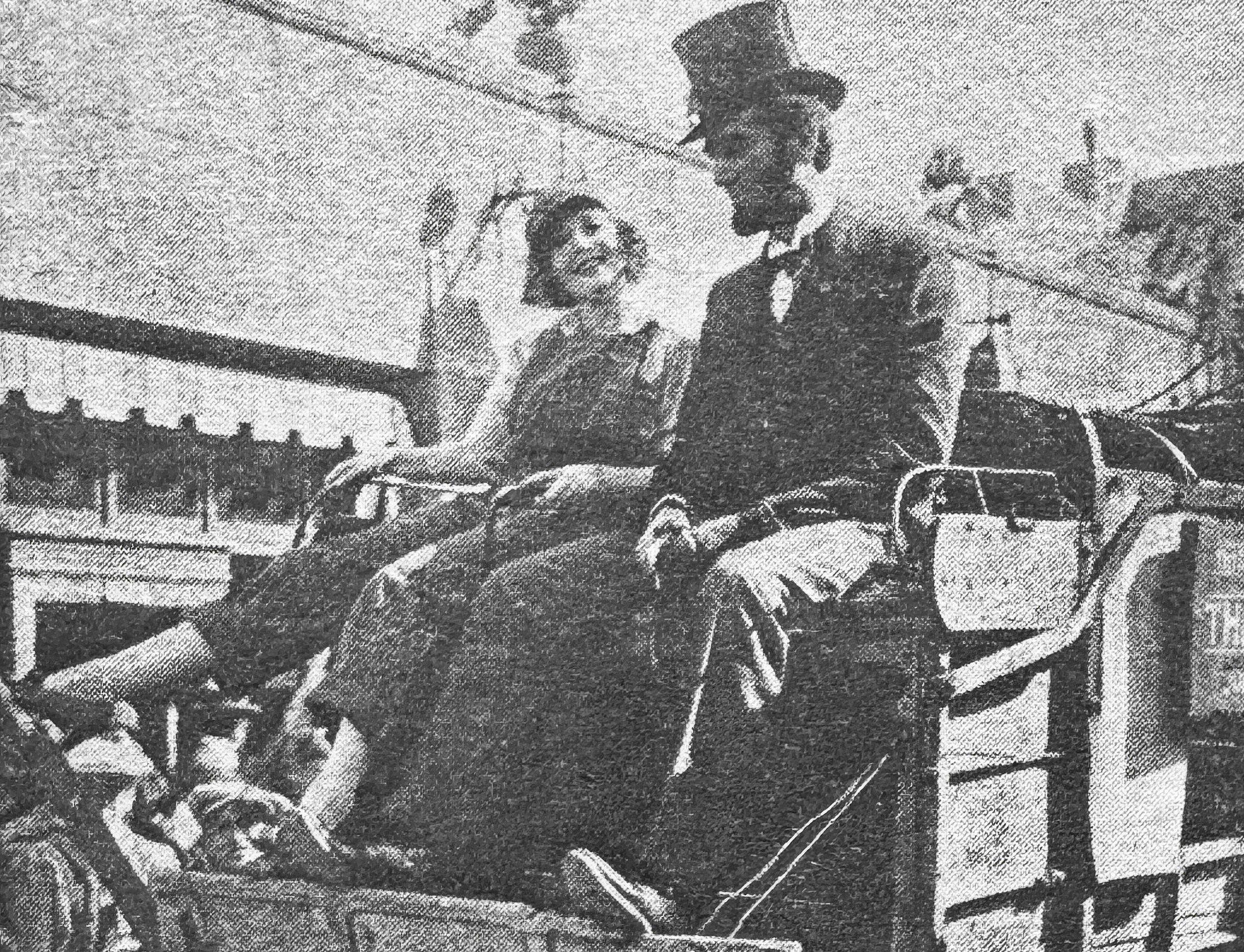
As the most popular movie in 1924, The Iron Horse grossed almost a million dollars at the box office! That's more than a hundred years ago when there were no additional streaming services for additional revenue! If you're wondering; yes, I've seen the movie and, yes, it's available free online. You can find it on YouTube and Tubi streaming services. If you've never seen a silent movie before, it may seem antiquated and more challenging to watch than the action flicks of today. There are places where the music might even lull you to sleep. However, this film was cutting edge material a century ago. Action, adventure, grand scale scenes, a romantic interest, and the winning of the West all defined this epic feature. It was a film that fueled the roaring twenties of post-WW1. Just imagine the timeframe. In 1924, the Statue of Liberty was declared as a National Monument, J. Edgar Hoover was appointed as head of the FBI, the Ford Motor Company finished its 10 millionth automobile - a Model T, the first Macy's Thanksgiving Day Parade was held in New York City, and Native Americans were granted U.S. citizenship.
Well known for his work with John Wayne, Ford directed 145 films in 49 years. Those flicks included Stagecoach(1939), The Grapes of Wrath (1940), Fort Apache (1948), She Wore A Yellow Ribbon (1949), Wagon Master (1950), Rio Grande (1950), The Quiet Man (1952), The Searchers (1956), The Horse Soldiers (1959), How The West Was Won (1962), and The Man Who Shot Liberty Valance (1962).

Back to the Overland stage now on display in Cheyenne, Wyoming; over the years, this mud wagon has paralleled a lot of Wyoming history, including some of the most dramatic events from gold rushes, outlaws, sheep and cattle wars, and the building of the transcontinental railroad. The stage, itself, carries all the design features that knowledgeable historians will use to point to the legendary craftsmen at Abbot-Downing in Concord, New Hampshire. The actual build date, though, is a bit harder to pin down since none of the wagon ledgers from Abbot-Downing have survived. Even so, many believe this iconic set of wheels will date to around 1860. If so, it would have been built during the time that J. Stephens Abbot and Lewis Downing (Abbot-Downing) were separated and running their own coach and wagon businesses. As the owner of another A-D designed stage from this same Civil War period, there are features on this Kit Carson-labeled machine that make me wonder if it might have been built in Lewis Downing's Concord shop. Costing over $1,200 when new, the old warrior is clearly an irreplaceable part of yesterday. When built, it was referred to as a "Heavy Overland Mail Wagon." Due to its lighter weight (than a Concord coach), these designs were often used in tremendously rugged and unimproved areas. As a result, the design came to also be known as a mudder or "Mud wagon."
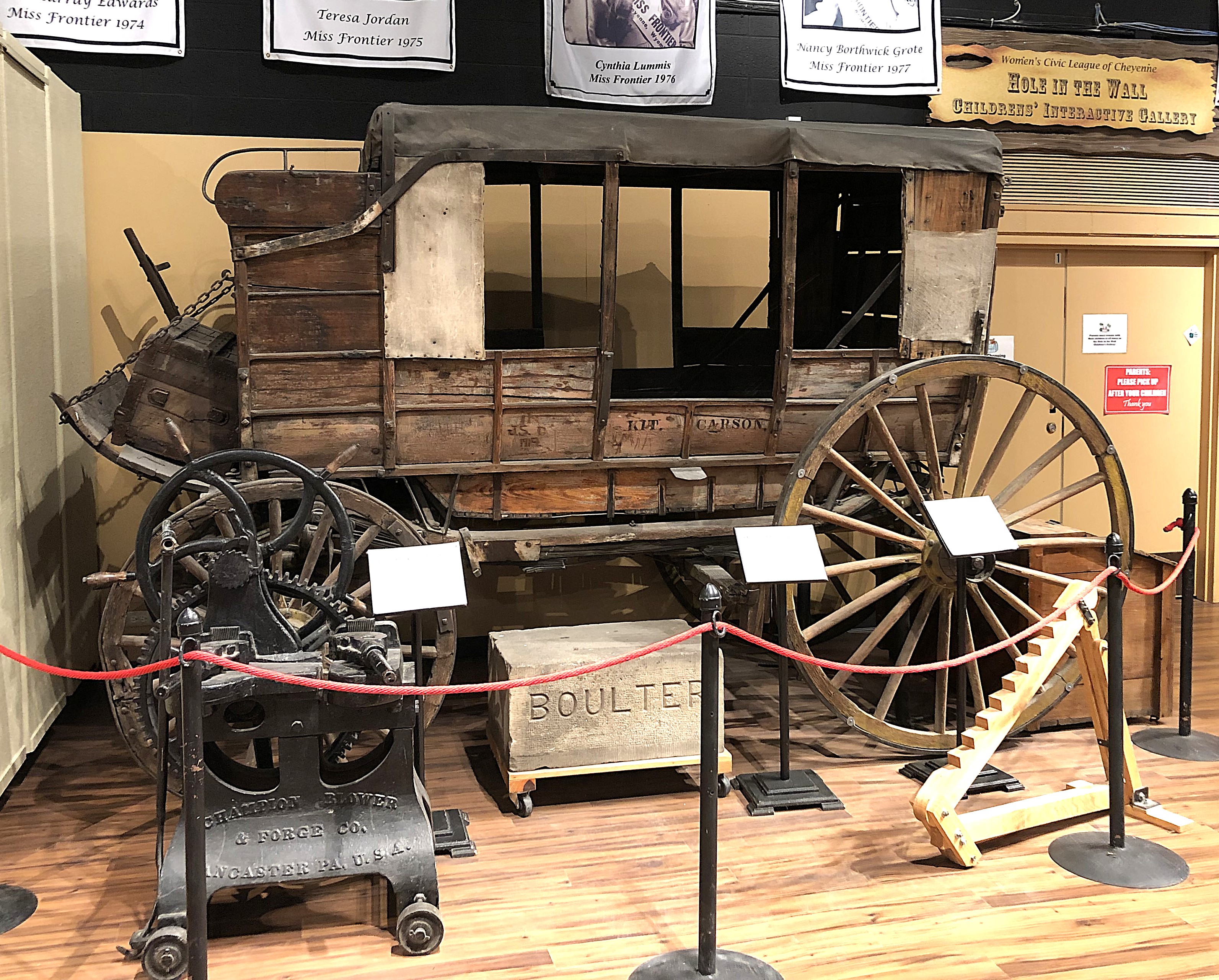
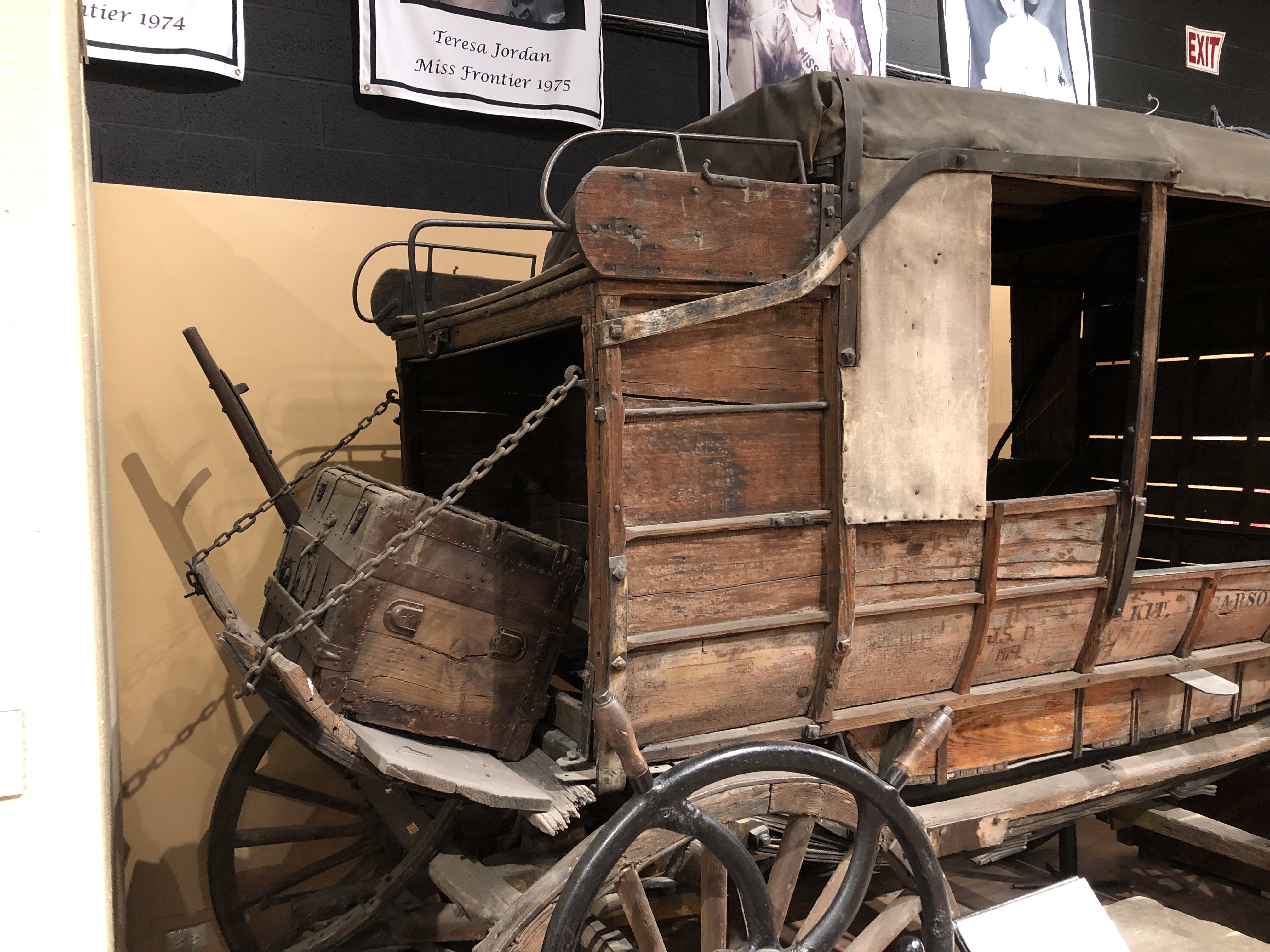
Turn-of-the-century photos in the Wheels That Won The West® Archives include original paint on the stage's seat riser that may show more route details. One period image also shows the vehicle to be labeled as stage number thirteen. According to Mary Hartman and Mike Kassel at the CFD Old West Museum in Cheyenne, the stage ran the Overland Trail, "entering present day Wyoming from the south, then crossing the Laramie Plains, and continuing westward generally along the route now followed by the Union Pacific Railroad." The Overland Trail was a stagecoach and wagon trail used as an alternative route to the Oregon, California, and Mormon trails through Wyoming in the 1860s.
This mud wagon was designed to carry 9 passengers inside and more could be seated on the box and roof top. As of this writing, there are parts of the stage that have suffered damage. The original interior and exterior roof seats are not currently on the stage, the left front wheel needs repair, the front boot appears very fragile, and the rear boot is missing components. Nonetheless, this is a remarkable and truly historic survivor, built for strength and durability while hailing from times when the West was wild, roads were trails, and Hollywood came calling.
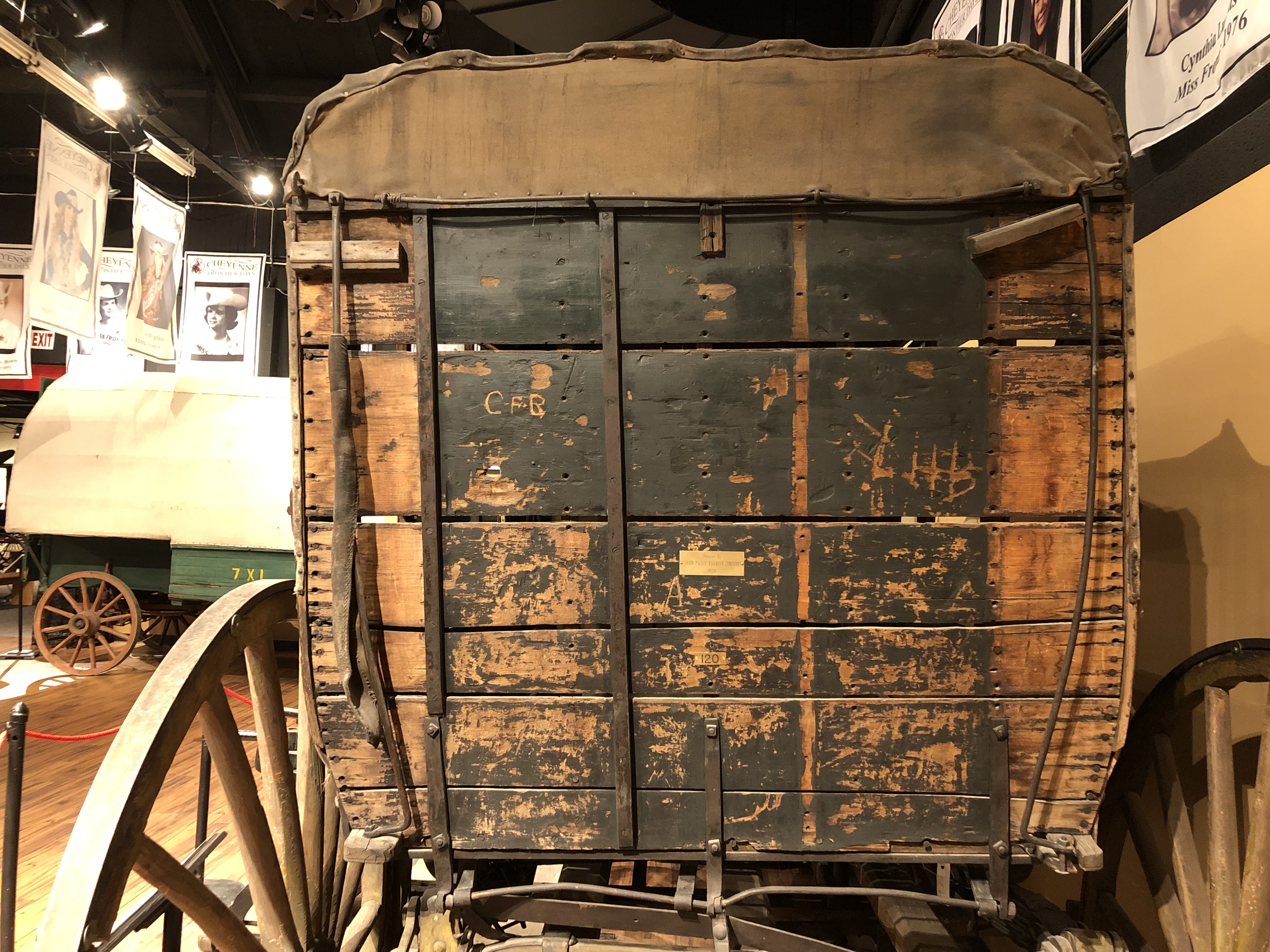
John 3:16
Please Note: As with each of our blog writings, all imagery and text is copyrighted with All Rights Reserved. The material may not be broadcast, published, rewritten, or redistributed without prior written permission from David E. Sneed, Wheels That Won The West® Archives, LLC
